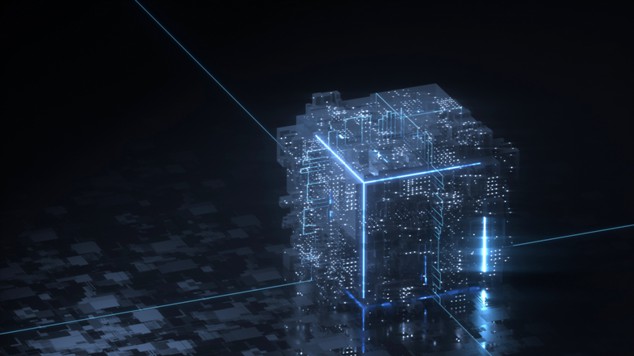Global IT supply chain
International transportation + IT O&M outsourcing + self-owned backbone network
In the AI age, computing power is crucial. GPUs (Graphics Processing Units) have become essential for AI development. They power deep learning, big data processing, and automation. But why are GPUs better than traditional CPUs? Let’s find out.

1. Why GPUs Are Important for AI
AI needs to process massive amounts of data. CPUs (Central Processing Units) handle tasks one by one, making them slow for AI workloads. GPUs, on the other hand, process many tasks at the same time. This makes them much faster for AI applications.
For example, training a deep learning model involves millions of calculations. A CPU would take days or weeks to complete the process. A GPU can do it much faster, saving time and resources.
2. CPU vs. GPU: Key Differences
CPUs are great for general tasks like running software and managing the operating system. They work well for single-threaded tasks that require precision. GPUs, however, excel at parallel processing. They handle multiple tasks at once, making them ideal for AI.
Here’s an analogy:
CPU: Like a one-lane road where cars move one after another.
GPU: Like a multi-lane highway where many cars move simultaneously.
For AI, the ability to process multiple calculations at once makes GPUs the better choice.
3. How GPUs Boost AI Development
AI models use neural networks, which require vast amounts of data processing. GPUs help in several ways:
Faster Training: GPUs speed up AI model training, reducing development time.
Higher Performance: AI applications, such as image recognition and natural language processing, run better on GPUs.
Scalability: Cloud-based GPU solutions allow businesses to expand AI operations easily.
4. Real-World Applications of GPUs in AI
GPUs are used in many industries, including:
Deep Learning: Training AI models for voice recognition, chatbots, and automation.
Big Data Analytics: Processing large datasets for insights and decision-making.
Autonomous Vehicles: Helping self-driving cars recognize objects in real time.
Healthcare: Assisting in medical image analysis and drug discovery.
5. How to Choose the Right GPU for AI
Not all GPUs are the same. Businesses and developers should consider:
Memory Capacity: More memory enables handling large datasets.
Processing Power: High-performance GPUs work better with complex AI models.
Cost Efficiency: Cloud-based GPUs offer flexibility without large hardware investments.
6. The Future of AI and GPUs
As AI grows, the need for GPUs will increase. Advances in GPU technology will lead to even faster AI models. Businesses using GPU-powered AI will gain a competitive edge.
Conclusion
The AI era requires powerful computing solutions, and GPUs deliver speed and efficiency. Whether for deep learning, big data, or automation, GPUs play a crucial role. Companies and developers aiming to optimize AI performance should invest in the right GPU technology. As AI advances, GPUs will continue to shape the future of innovation.
Looking for high-performance GPU cloud services? Explore solutions from trusted cloud service provider like Ogcloud!

International transportation + IT O&M outsourcing + self-owned backbone network

Cellular chips + overseas GPS + global acceleration network

Overseas server room nodes + dedicated lines + global acceleration network

Global acceleration network + self-developed patented technology + easy linking

Global Acceleration Network + Global Multi-Node + Cloud Network Integration


